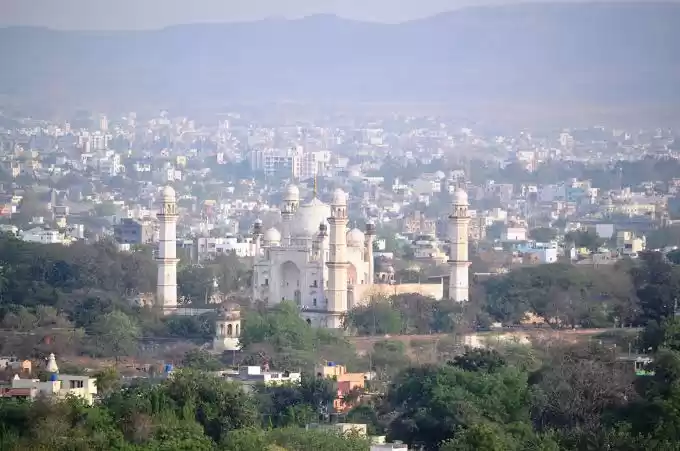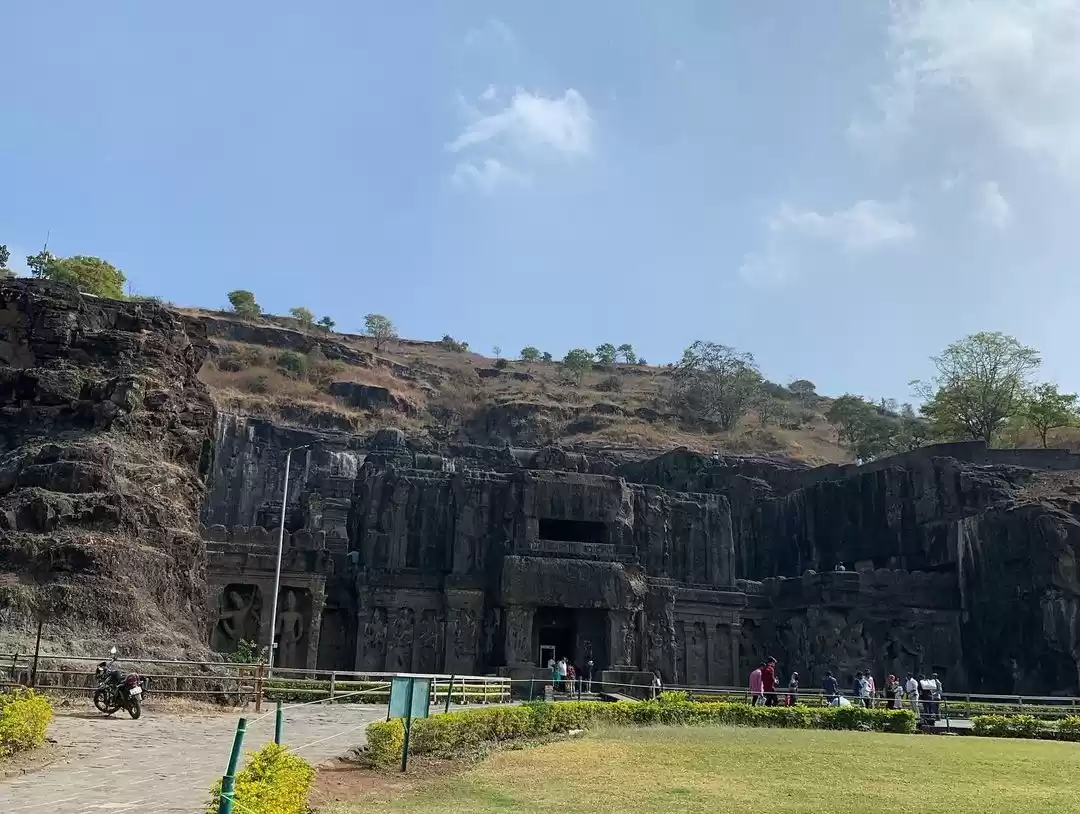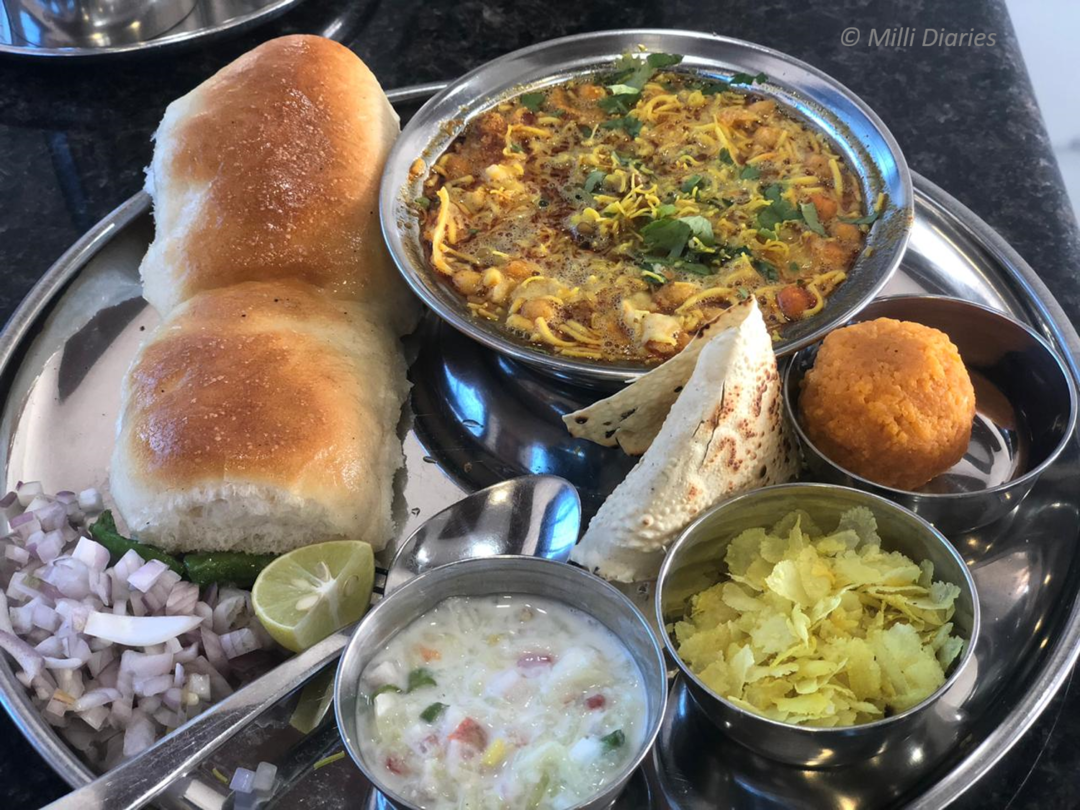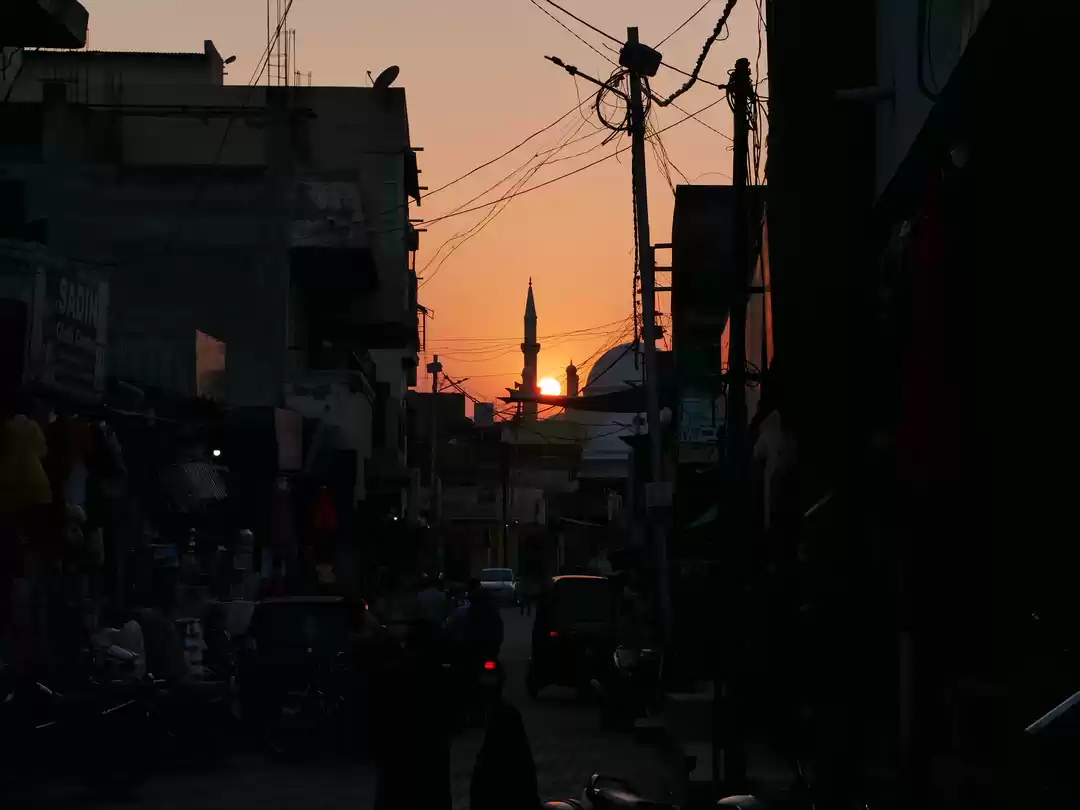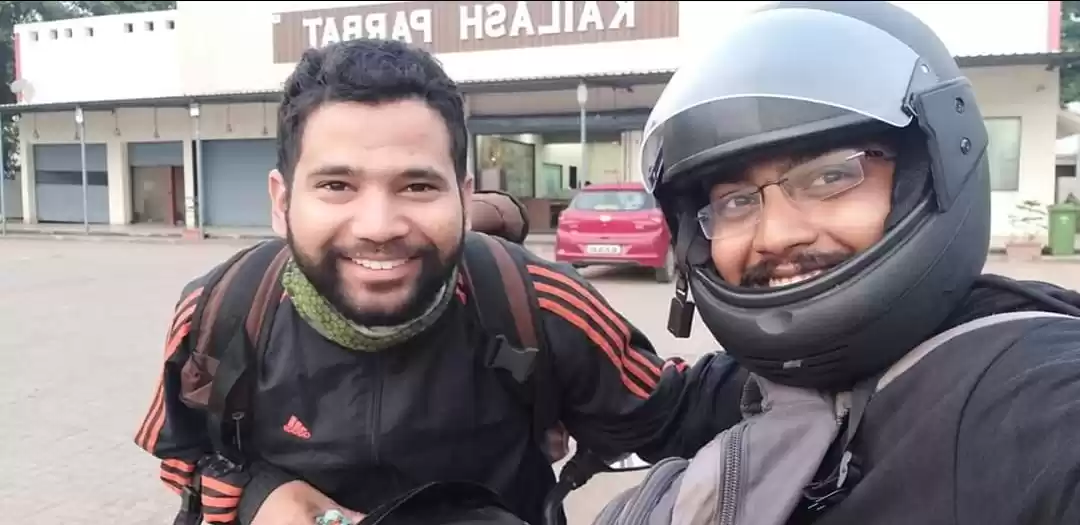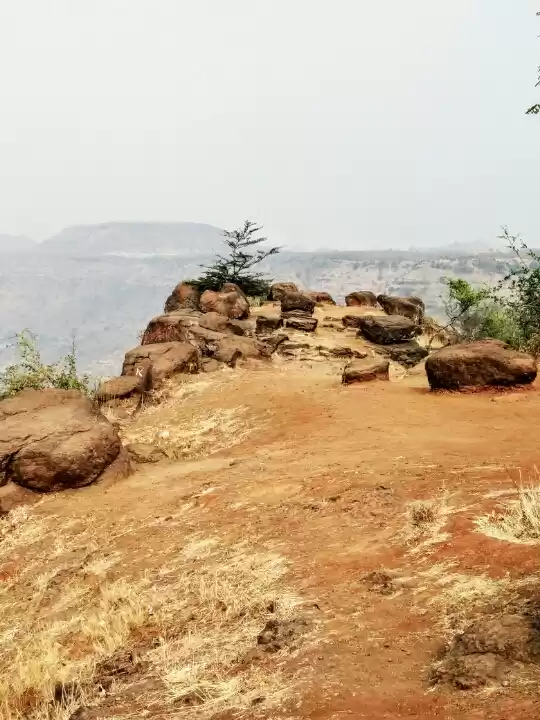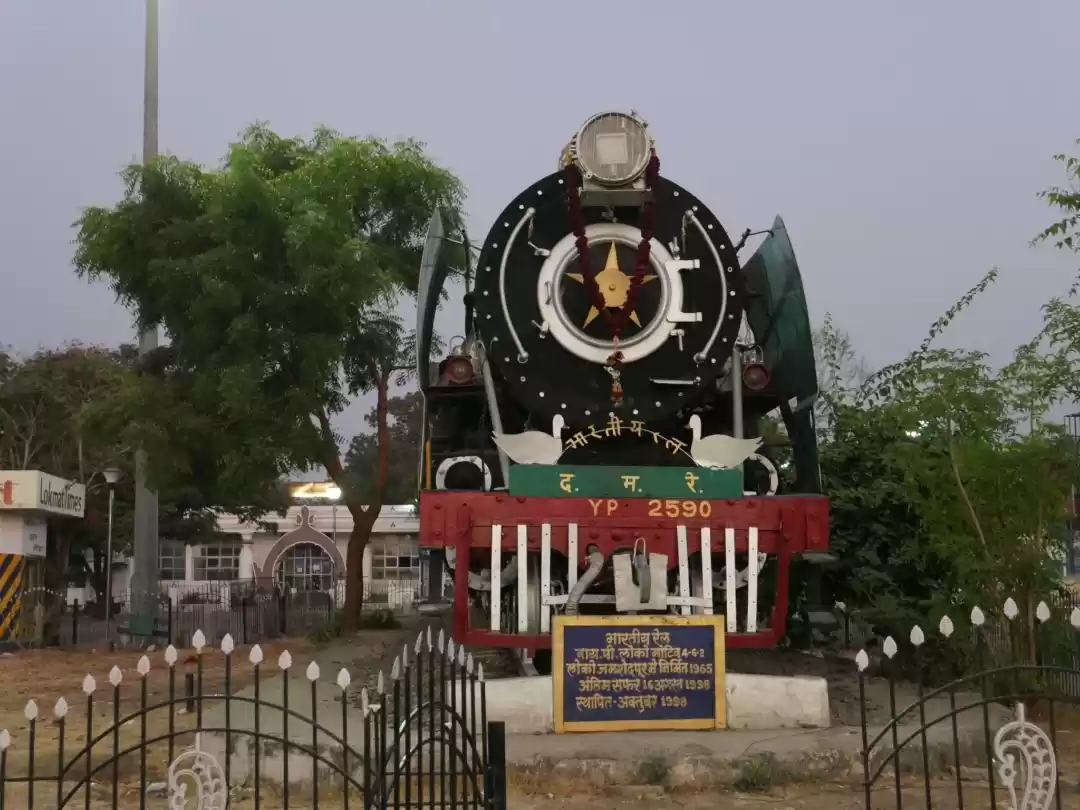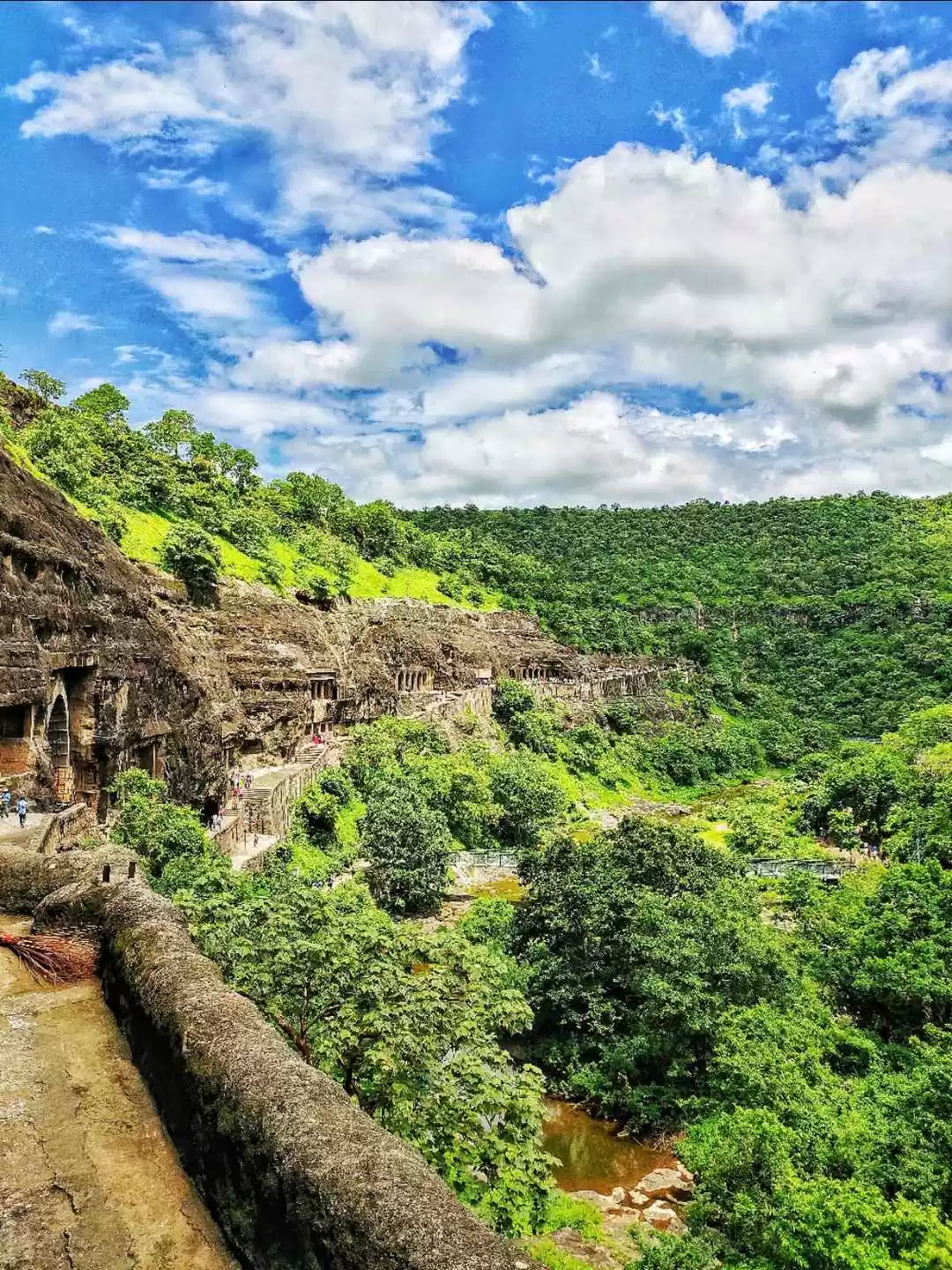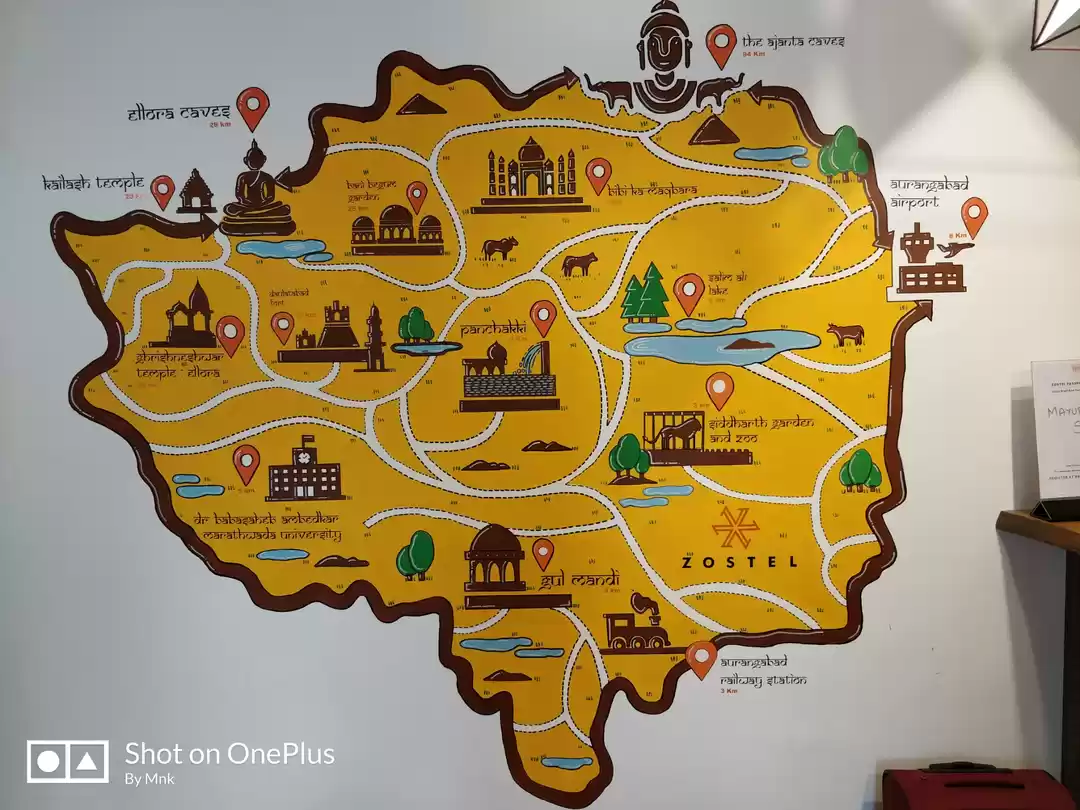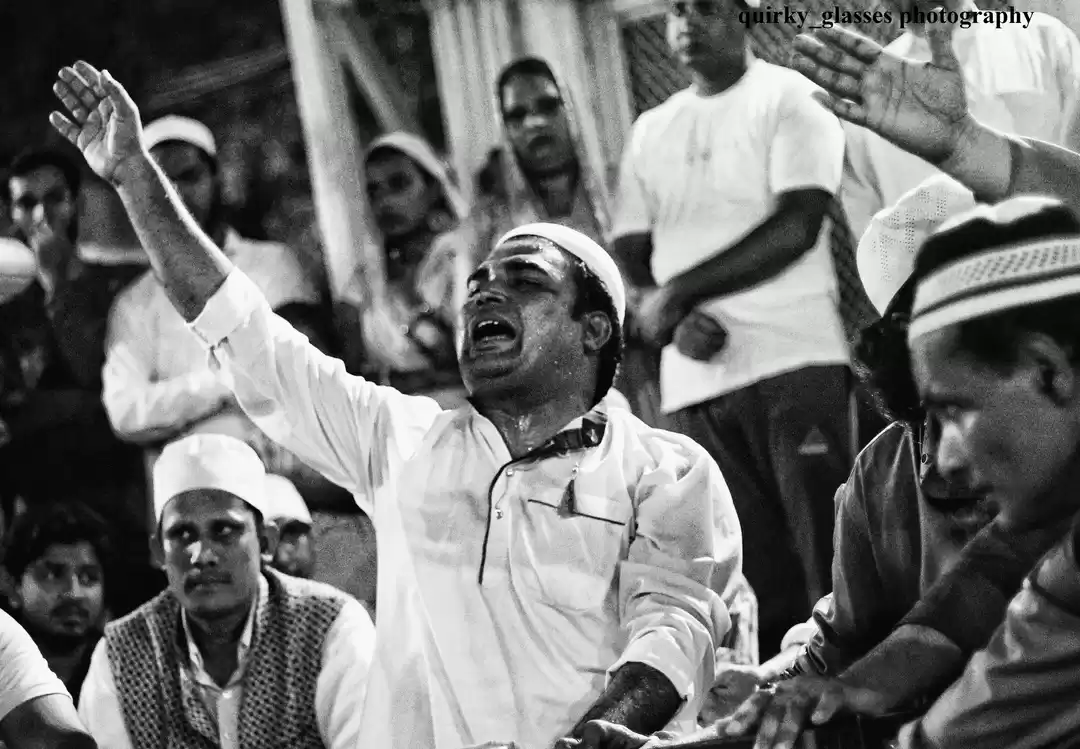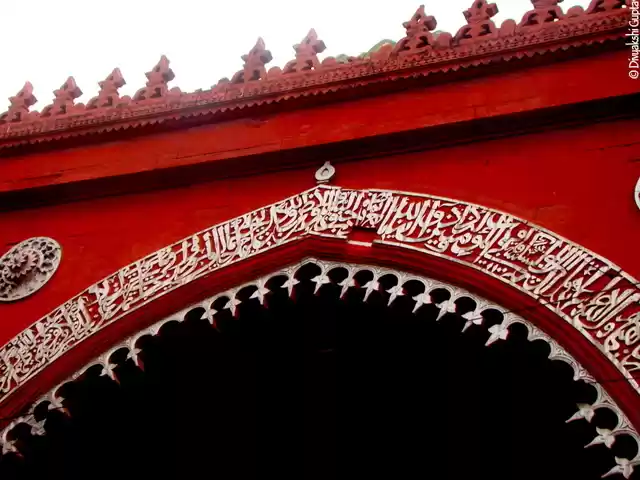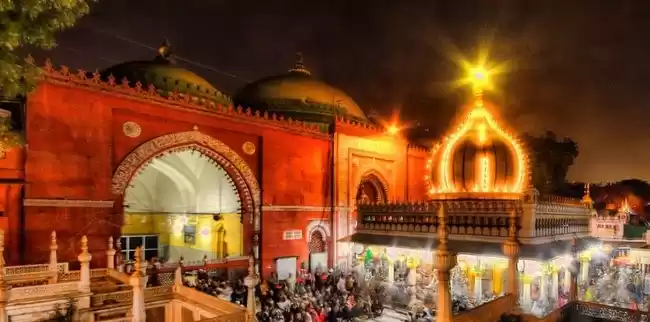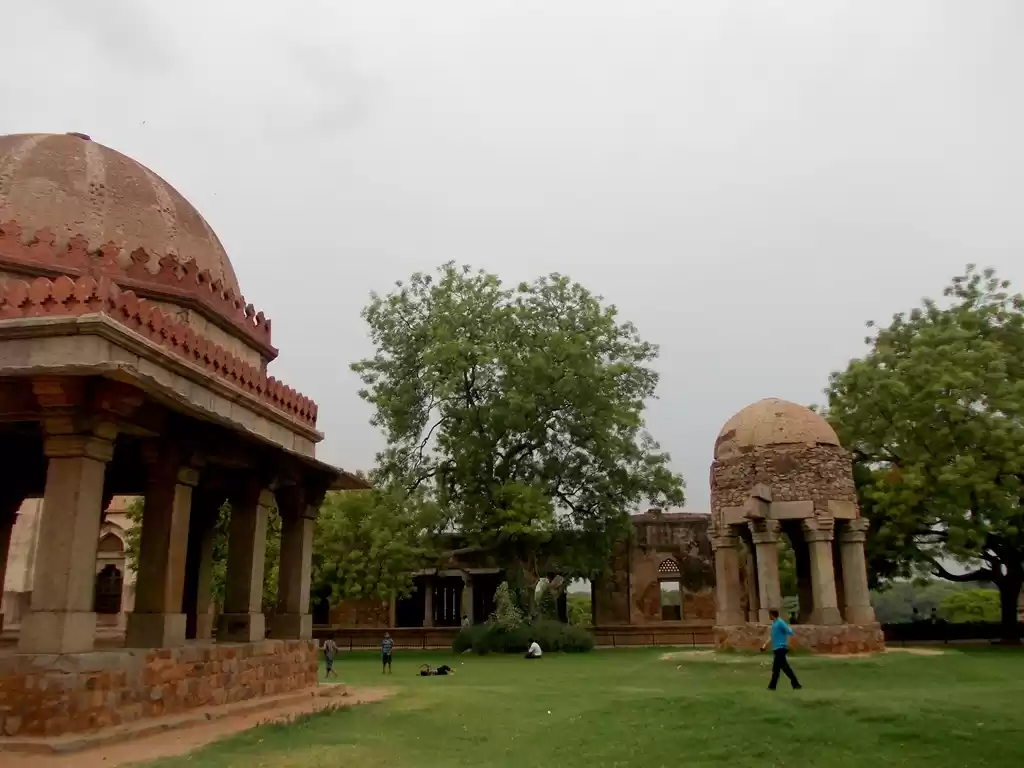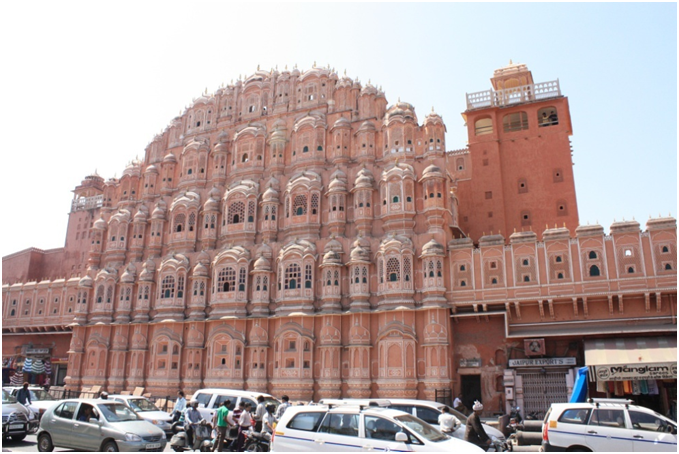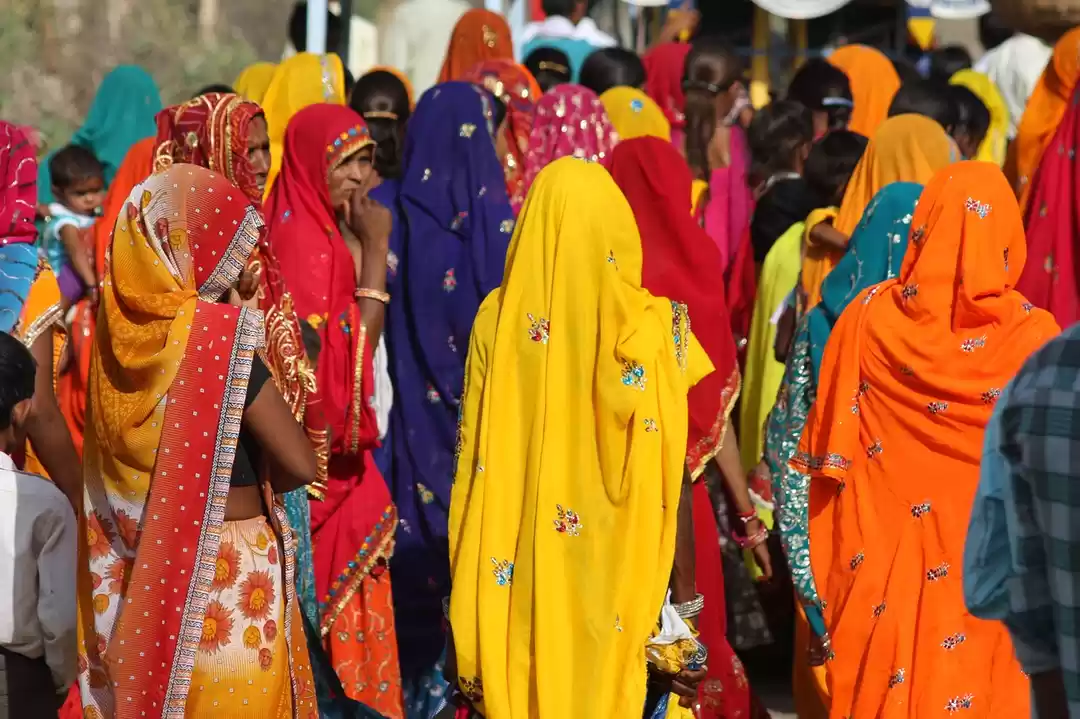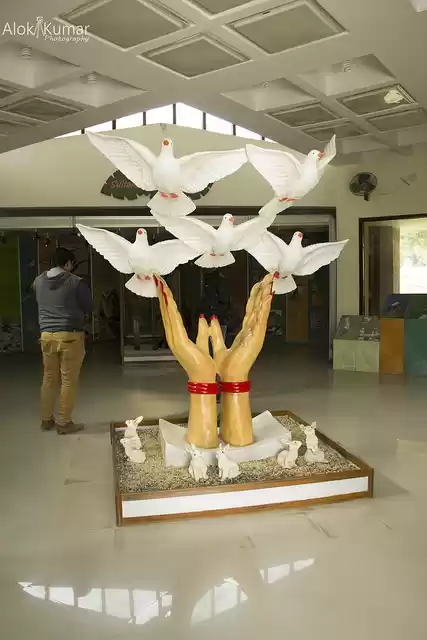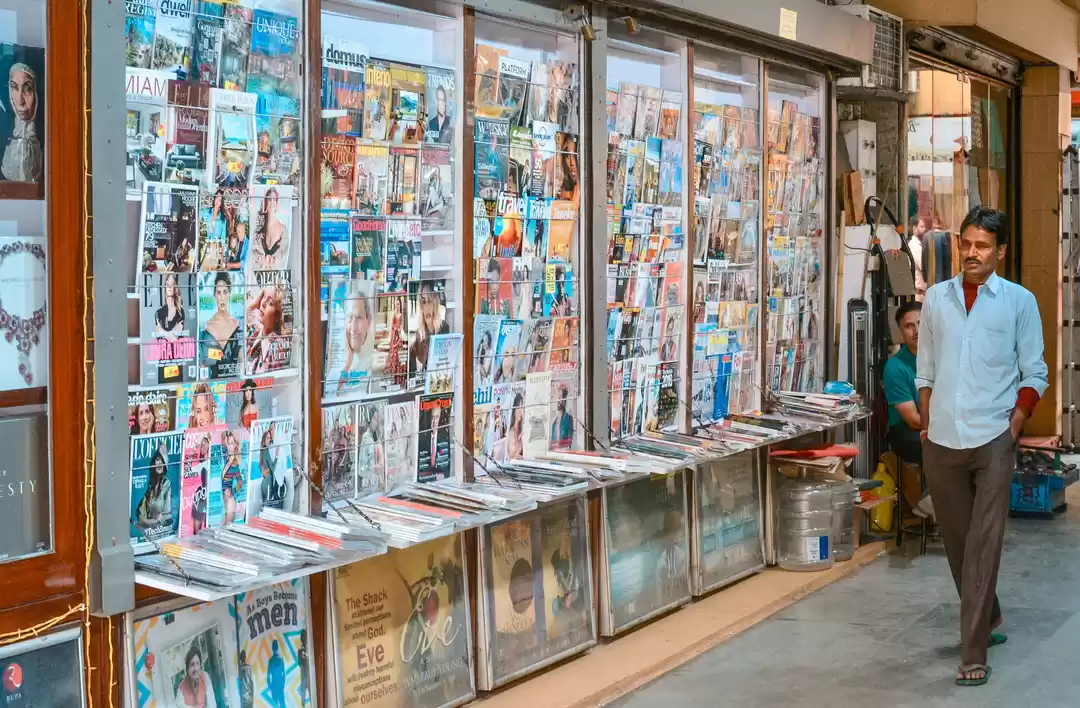



Is it okay to enter the house of God with no intention to pray or prostrate? Does that deem me a pagan?
I have always been a hesitant visitor to temples, mosques and gurdwaras. The few occasions I visited these sacred spots it didn’t have so much to do with prayer but peace of mind. There is comfort and succour at shrines difficult to find at coffee shops, lounges, gyms, discs or parks. We go to the latter with a certain agenda such as get fit/sloshed/ entertained. However, devotees visit the shrines to submit themselves without pride or prejudice. It is a selfless act.
The previous Thursday evening seemed just about right to get away from the madness and visit Nizamuddin Dargah. The Dargah needs no introduction of course. It is the sanctum of one of the most famous Sufi saints of them all, Nizamuddin Auliya. And the qawwali sessions held here on Thursday and Sundays are an attractive draw for the cross section of the society.
On this pleasant March evening, there was a sea of Namazis in embroidered white caps praying on their knees to Allah; photographers were making the most of every expression; beggars fanning the visitors in hope for alms; and a host of other people occupied by chores. All had gathered to experience the magic of this enchanting place.
Despite its liberal ways and cultural attractions, the Dargah is not the most hospitable of places for an outsider. The circuitous path that leads to its entrance is flanked by food stalls, rose and memorabilia vendors who coax visitors in their direction causing unease with their pushy demeanour. But once you enter the shrine the majesty of the place takes over.
The tombstone of Nizamuddin looks mesmerizing when the evening light falls on the conical dome. The crystal chandeliers add glow and richness to the place and the Farsi inscriptions embellish the walls giving the structure a divine aura. However, it is the scent of rose petals present in droves that has always managed to intoxicate me. In a sea human, it provides a breath of fresh air and quite literally.
The Dargah is a hub of activity. Prayers, communal food service, religious offerings and music all take place simultaneously and at times overlap each other. In ante-rooms off the main shrine, individuals sought the help of clerics to reach the Almighty. Newborns were brought for blessings and prayers were offered for the departed. Mendicants lined the corridors at the approach to the shrine in hope of generosity.
It is difficult to make a sense of all that takes place in front of your eyes. Sometimes I find it best to sit on the cold marble ground and watch chaos reign.
What makes one's experience at the Nizamuddin Dargah special
Screams that Shattered Silence
As the prayer concluded, I eagerly awaited for the Qawwali to begin. From a dark corner of the Dargah, I could hear the heart wrenching screams. This poor individual was being mercilessly beaten to the very scrap of his/her life by a small group of people.
I wondered if it was the shriek of a woman, but it turned out to be young boy. Every time he broke from the circle that surrounded him someone would get hold of him, pull him back and the treatment would ensue. It was chilling to sit under the crimson moon and see the chatter being broken every now and then by his shrieks. Everyone was aware and everyone pretended not to notice (including me). May be there is a perfectly reasonable way to explain this occurrence, but it made the atmosphere chilly.
That wasn’t my only source of discomfort. The Nizamuddin Dargah, as per its tenet, is gender neutral and liberal. However, women were not allowed entry into the sanctum. They remained at the periphery and tied waistbands to the wall in hope that their prayers came true. I am no expert in Sufism but that just seemed wrong. If our Gods and spiritual guides won’t treat everyone equally how do we expect humans with their shortcoming to do the same?
Qawwali: Music that Strikes a Chord
You could feel the anticipation in the air at the Nizamuddin Dargah. When would the show begin asked the restlessness on people’s face, the impatient turns of their head and the tapping of their feet. Hunger pangs made me want to give up the pursuit altogether and return another Thursday, but I fought the impulse just a while longer.At exactly 9:30 pm, seven men wearing shimmering bronze and golden hats took centre stage. They sat in front of the Sanctum with the crowd gathered on either side.
The lead vocalist was a short and full figured man dressed in immaculate white kurta pajama. The Harmonium player sat on his right and the percussionist to his left. The word spread that the troop had come especially from Pakistan for this performance.
It all began with his claps. Then the rest of them joined in. They clapped and clapped and clapped until the music lent them a voice. From a soft chant to all-out crooning with support of harmonium and percussion; the music permeated every corner of the shrine and touched every member. All the whispers, shouts and arguments were drowned under its weight.
The melody praised the Lord in all his glory and wisdom. It spoke of love and meaning of life seeking eternal communion and salvation. An attractive woman in salwar suit and green chunni followed the tune with sway of her head. A wealthy looking man walked towards the procession, currency notes clutched in his hand, and with one flick threw them in the air, as if they were ash. He then took the ringside view to the music place, as if by right.
“There is nothing more important than wealth.” “My God says life has no meaning without respect,” followed the next verse. They sang with passion and fervor that made me a believer (if only just for a few minutes). I had not gone inside the sanctum (up until now) to offer my prayers but now I wanted to seek blessings.
So I entered the rectangular chamber with indecipherable Farsi teachings and embellished by a pool of rose petals. I asked Allah to fill the life of my loved ones with the same aroma and love with which his chamber gleamed: Offerings of a non-believer.The End
Post Script: A visit to the Nizamuddin Dargah is incomplete without a helping of the delightful tikkas and kebabs served in the by lanes. I followed the music with a generous helping of Chicken Qurma at Ghalib Restaurant. Sure it came oozing in oil, but the taste more than made up for the health hazards. Kheer, after the heavy meals, is a must try for all those looking for a soothing aftertaste.
Pic Credit: http://www.robinwyatt.org/photography/photo-essays/travel-qawwali-nizamuddin-dargah-Delhi-India/
Frequent Searches Leading To This Page:-
best dargah in delhi, nizamuddin dargah nearest metro station, hazrat nizamuddin aulia dargah new delhi, nizamuddin ki dargah, nizamuddin dargah timings, humayun tomb to nizamuddin dargah, nizamuddin dargah opening times


